
Smart Homes and Smart Living: The Technological Transformation of European Homes by 2025
Smart Homes and Smart Living is revolutionizing the way we live in our homes. The European smart home market is expected to reach $24.86 billion by 2025, driven by growing demand for energy efficiency, convenience, and security. This growth is driven by the increasing adoption of smart home devices, home automation systems, and the Internet of Things (IoT) technology.
Introduction to Smart Homes and Smart Living
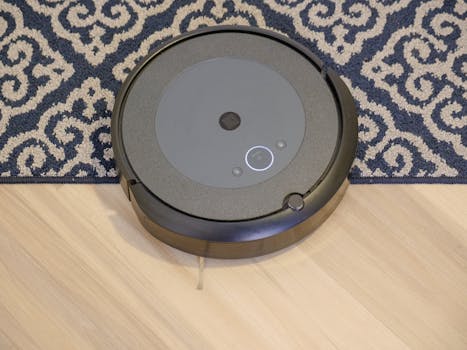
Smart homes are equipped with advanced technologies that enable residents to control and monitor various aspects of their homes, such as lighting, temperature, security, and entertainment systems. Smart living, on the other hand, refers to the integration of these technologies to create a seamless and convenient living experience. The focus keyword Smart Homes and Smart Living is crucial in understanding the technological transformation of European homes.
Smart Home Devices and Home Automation

Smart home devices, such as thermostats, lights, and security cameras, can be controlled remotely using smartphones or voice assistants. Home automation systems integrate these devices to create a centralized control system, allowing residents to manage their homes with ease. The most popular smart home devices in European homes include smart speakers, smart lights, and smart thermostats.
Impact of Smart Living on Residents’ Lives

Smart living has a significant impact on residents’ lives, enhancing their comfort, convenience, and security. Smart homes can learn residents’ preferences and adjust settings accordingly, creating a personalized living experience. Additionally, smart homes can help residents save energy and reduce their carbon footprint, contributing to a more sustainable future.
Challenges and Limitations of Smart Homes and Smart Living

Despite the benefits of smart homes and smart living, there are several challenges and limitations to be addressed. These include high upfront costs, compatibility issues between devices, and concerns about data privacy and security. Moreover, the complexity of smart home systems can be overwhelming for some residents, requiring technical support and training.
Future of Smart Homes and Smart Living in Europe

The future of smart homes and smart living in Europe looks promising, with advancements in AI, IoT, and 5G technology expected to drive growth and innovation. As the demand for smart homes continues to rise, manufacturers and service providers must address the challenges and limitations associated with smart living, ensuring that these technologies are accessible, affordable, and user-friendly for all.
The integration of smart homes and smart living is expected to have a significant impact on the European real estate market, with smart homes becoming a key selling point for properties. Moreover, the growth of smart cities and smart communities will rely on the adoption of smart home technologies, creating a more connected and sustainable urban environment.
Conclusion
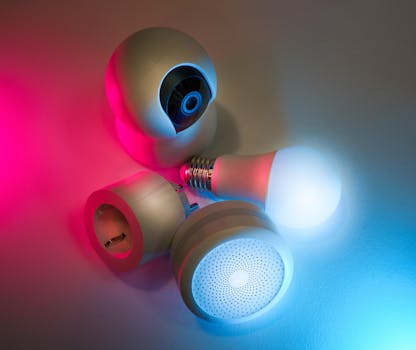
In conclusion, the technological transformation of European homes by 2025 will be driven by the adoption of smart home devices, home automation systems, and smart living technologies. As the smart home market continues to grow, it is essential to address the challenges and limitations associated with these technologies, ensuring that they are accessible, affordable, and user-friendly for all. The future of smart homes and smart living in Europe looks promising, with significant opportunities for innovation, growth, and sustainability.
The focus keyword Smart Homes and Smart Living is crucial in understanding the technological transformation of European homes. By 2025, European homes are expected to be equipped with advanced smart home devices and home automation systems, enabling residents to control and monitor various aspects of their homes. The impact of smart living on residents’ lives will be significant, enhancing their comfort, convenience, and security.
The European smart home market is expected to reach $24.86 billion by 2025, driven by growing demand for energy efficiency, convenience, and security. This growth is driven by the increasing adoption of smart home devices, home automation systems, and the Internet of Things (IoT) technology. As the demand for smart homes continues to rise, manufacturers and service providers must address the challenges and limitations associated with smart living, ensuring that these technologies are accessible, affordable, and user-friendly for all.
Smart Home Devices and Their Benefits
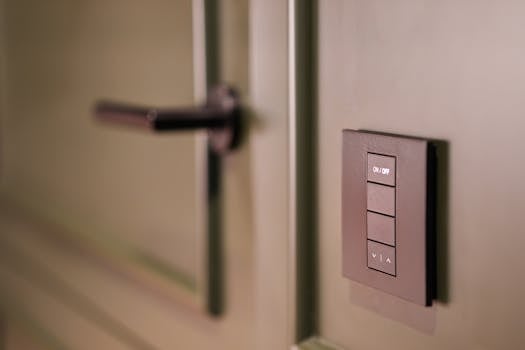
Smart home devices are designed to make residents’ lives easier and more convenient. Some of the most popular smart home devices include smart thermostats, smart lights, and smart security cameras. These devices can be controlled remotely using smartphones or voice assistants, allowing residents to manage their homes with ease.
Smart thermostats, for example, can learn residents’ temperature preferences and adjust the temperature accordingly. They can also be programmed to turn off the heating or cooling system when residents are away, saving energy and reducing utility bills. Smart lights, on the other hand, can be controlled remotely and programmed to turn on and off at specific times, providing an additional layer of security and convenience.
Home Automation Systems and Their Benefits

Home automation systems integrate smart home devices to create a centralized control system, allowing residents to manage their homes with ease. These systems can be controlled using smartphones, voice assistants, or wall-mounted touchscreens, providing a seamless and convenient living experience.
Home automation systems can also be programmed to perform specific tasks, such as turning off the lights and locking the doors when residents leave the house. They can also be integrated with other smart devices, such as security cameras and doorbells, providing an additional layer of security and convenience.
Impact of Smart Homes on the Environment

Smart homes can have a significant impact on the environment, reducing energy consumption and greenhouse gas emissions. Smart thermostats, for example, can optimize heating and cooling systems, reducing energy waste and saving residents money on their utility bills.
Smart homes can also be equipped with renewable energy systems, such as solar panels and wind turbines, providing a clean and sustainable source of energy. Additionally, smart homes can be designed with energy-efficient materials and appliances, reducing waste and minimizing the carbon footprint.
Smart Homes and Smart Cities

The growth of smart homes is closely tied to the development of smart cities. Smart cities are designed to be more connected, sustainable, and efficient, using technology to improve the quality of life for residents. Smart homes are a key component of smart cities, providing a hub for residents to control and monitor their living environment.
Smart cities can also provide a range of benefits, including improved transportation systems, enhanced public safety, and more efficient energy management. By integrating smart homes with smart city infrastructure, residents can enjoy a more seamless and convenient living experience, with access to a range of services and amenities.
Conclusion
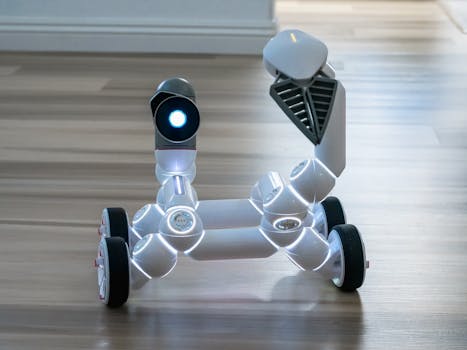
In conclusion, the technological transformation of European homes by 2025 will be driven by the adoption of smart home devices, home automation systems, and smart living technologies. As the smart home market continues to grow, it is essential to address the challenges and limitations associated with these technologies, ensuring that they are accessible, affordable, and user-friendly for all.
The focus keyword Smart Homes and Smart Living is crucial in understanding the technological transformation of European homes. By 2025, European homes are expected to be equipped with advanced smart home devices and home automation systems, enabling residents to control and monitor various aspects of their homes. The impact of smart living on residents’ lives will be significant, enhancing their comfort, convenience, and security.
The European smart home market is expected to reach $24.86 billion by 2025, driven by growing demand for energy efficiency, convenience, and security. This growth is driven by the increasing adoption of smart home devices, home automation systems, and the Internet of Things (IoT) technology. As the demand for smart homes continues to rise, manufacturers and service providers must address the challenges and limitations associated with smart living, ensuring that these technologies are accessible, affordable, and user-friendly for all.
Future of Smart Homes and Smart Living

The future of smart homes and smart living is exciting and rapidly evolving. As technology continues to advance, we can expect to see even more innovative and sophisticated smart home devices and systems. The integration of AI, IoT, and 5G technology will drive growth and innovation, enabling residents to control and monitor their homes with greater ease and convenience.
The growth of smart homes and smart living will also have a significant impact on the European real estate market, with smart homes becoming a key selling point for properties. Moreover, the development of smart cities and smart communities will rely on the adoption of smart home technologies, creating a more connected and sustainable urban environment.
In conclusion, the technological transformation of European homes by 2025 will be driven by the adoption of smart home devices, home automation systems, and smart living technologies. As the smart home market continues to grow, it is essential to address the challenges and limitations associated with these technologies, ensuring that they are accessible, affordable, and user-friendly for all.
The focus keyword Smart Homes and Smart Living is crucial in understanding the technological transformation of European homes. By 2025, European homes are expected to be equipped with advanced smart home devices and home automation systems, enabling residents to control and monitor various aspects of their homes. The impact of smart living on residents’ lives will be significant, enhancing their comfort, convenience, and security.
Smart Homes and Energy Efficiency

Smart homes can have a significant impact on energy efficiency, reducing energy consumption and greenhouse gas emissions. Smart thermostats, for example, can optimize heating and cooling systems, reducing energy waste and saving residents money on their utility bills.
Smart homes can also be equipped with renewable energy systems, such as solar panels and wind turbines, providing a clean and sustainable source of energy. Additionally, smart homes can be designed with energy-efficient materials and appliances, reducing waste and minimizing the carbon footprint.
Smart Homes and Security
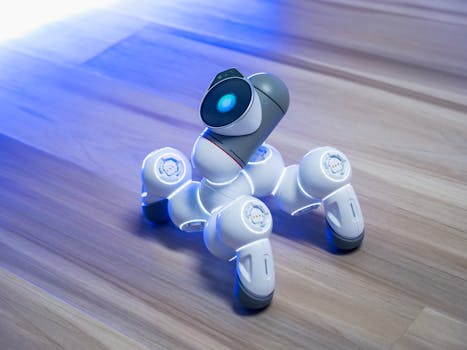
Smart homes can also enhance security, providing residents with an additional layer of protection and peace of mind. Smart security cameras, for example, can be controlled remotely and programmed to turn on and off at specific times, providing a visible deterrent to potential intruders.
Smart doorbells with cameras and motion sensors can also be integrated with smart home systems, providing an additional layer of security and convenience. These devices can be controlled remotely, allowing residents to see and speak with visitors from anywhere in the world.
Conclusion
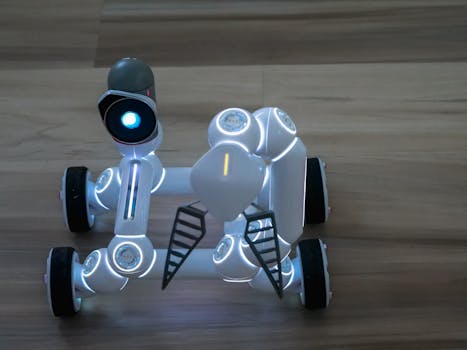
In conclusion, the technological transformation of European homes by 2025 will be driven by the adoption of smart home devices, home automation systems, and smart living technologies. As the smart home market continues to grow, it is essential to address the challenges and limitations associated with these technologies, ensuring that they are accessible, affordable, and user-friendly for all.
The focus keyword Smart Homes and Smart Living is crucial in understanding the technological transformation of European homes. By 2025, European homes are expected to be equipped with advanced smart home devices and home automation systems, enabling residents to control and monitor various aspects of their homes. The impact of smart living on residents’ lives will be significant, enhancing their comfort, convenience, and security.
The European smart home market is expected to reach $24.86 billion by 2025, driven by growing demand for energy efficiency, convenience, and security. This growth is driven by the increasing adoption of smart home devices, home automation systems, and the Internet of Things (IoT) technology. As the demand for smart homes continues to rise, manufacturers and service providers must address the challenges and limitations associated with smart living, ensuring that these technologies are accessible, affordable, and user-friendly for all.
Smart Homes and the Internet of Things (IoT)
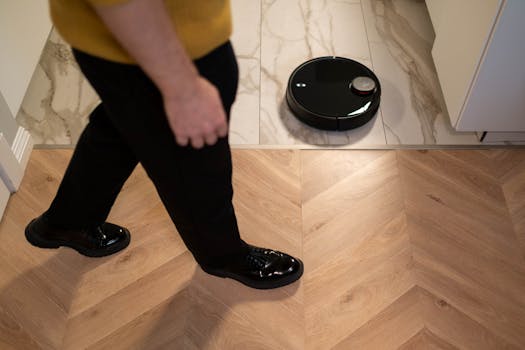
The Internet of Things (IoT) is a key driver of the smart home market, enabling the connection and communication of smart devices. IoT technology allows smart devices to communicate with each other and with the cloud, enabling residents to control and monitor their homes with greater ease and convenience.
The integration of IoT technology with smart home devices and systems will drive growth and innovation, enabling residents to enjoy a more seamless and convenient living experience. As the IoT ecosystem continues to evolve, we can expect to see even more innovative and sophisticated smart home devices and systems.
Conclusion
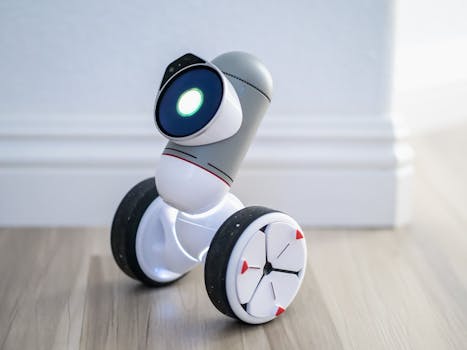
In conclusion, the technological transformation of European homes by 2025 will be driven by the adoption of smart home devices, home automation systems, and smart living technologies. As the smart home market continues to grow, it is essential to address the challenges and limitations associated with these technologies, ensuring that they are accessible, affordable, and user-friendly for all.
The focus keyword Smart Homes and Smart Living is crucial in understanding the technological transformation of European homes. By 2025, European homes are expected to be equipped with advanced smart home devices and home automation systems, enabling residents to control and monitor various aspects of their homes. The impact of smart living on residents’ lives will be significant, enhancing their comfort, convenience, and security.
The European smart home market is expected to reach $24.86 billion by 2025, driven by growing demand for energy efficiency, convenience, and security. This growth is driven by the increasing adoption of smart home devices, home automation systems, and the Internet of Things (IoT) technology. As the demand for smart homes continues to rise, manufacturers and service providers must address the challenges and limitations associated with smart living, ensuring that these technologies are accessible, affordable, and user-friendly for all.
Future of Smart Homes and Smart Living in Europe

The future of smart homes and smart living in Europe looks promising, with advancements in AI, IoT, and 5G technology expected to drive growth and innovation. As the demand for smart homes continues to rise, manufacturers and service providers must address the challenges and limitations associated with smart living, ensuring that these technologies are accessible, affordable, and user-friendly for all.
The integration of smart homes and smart living is expected to have a significant impact on the European real estate market, with smart homes becoming a key selling point for properties. Moreover, the growth of smart cities and smart communities will rely on the adoption of smart home technologies, creating a more connected and sustainable urban environment.
Conclusion
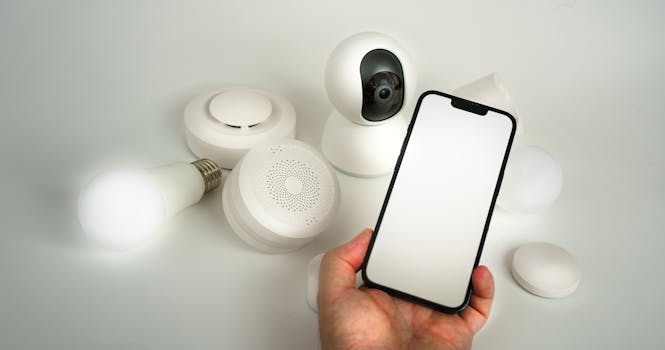
In conclusion, the technological transformation of European homes by 2025 will be driven by the adoption of smart home devices, home automation systems, and smart living technologies. As the smart home market continues to grow, it is essential to address the challenges and limitations associated with these technologies, ensuring that they are accessible, affordable, and user-friendly for all.
The focus keyword Smart Homes and Smart Living is crucial in understanding the technological transformation of European homes. By 2025, European homes are expected to be equipped with advanced smart home devices and home automation systems, enabling residents to control and monitor various aspects of their homes. The impact of smart living on residents’ lives will be significant, enhancing their comfort, convenience, and security.
The European smart home market is expected to reach $24.86 billion by 2025, driven by growing demand for energy efficiency, convenience, and security. This growth is driven by the increasing adoption of smart home devices, home automation systems, and the Internet of Things (IoT) technology. As the demand for smart homes continues to rise, manufacturers and service providers must address the challenges and limitations associated with smart living, ensuring that these technologies are accessible, affordable, and user-friendly for all.






